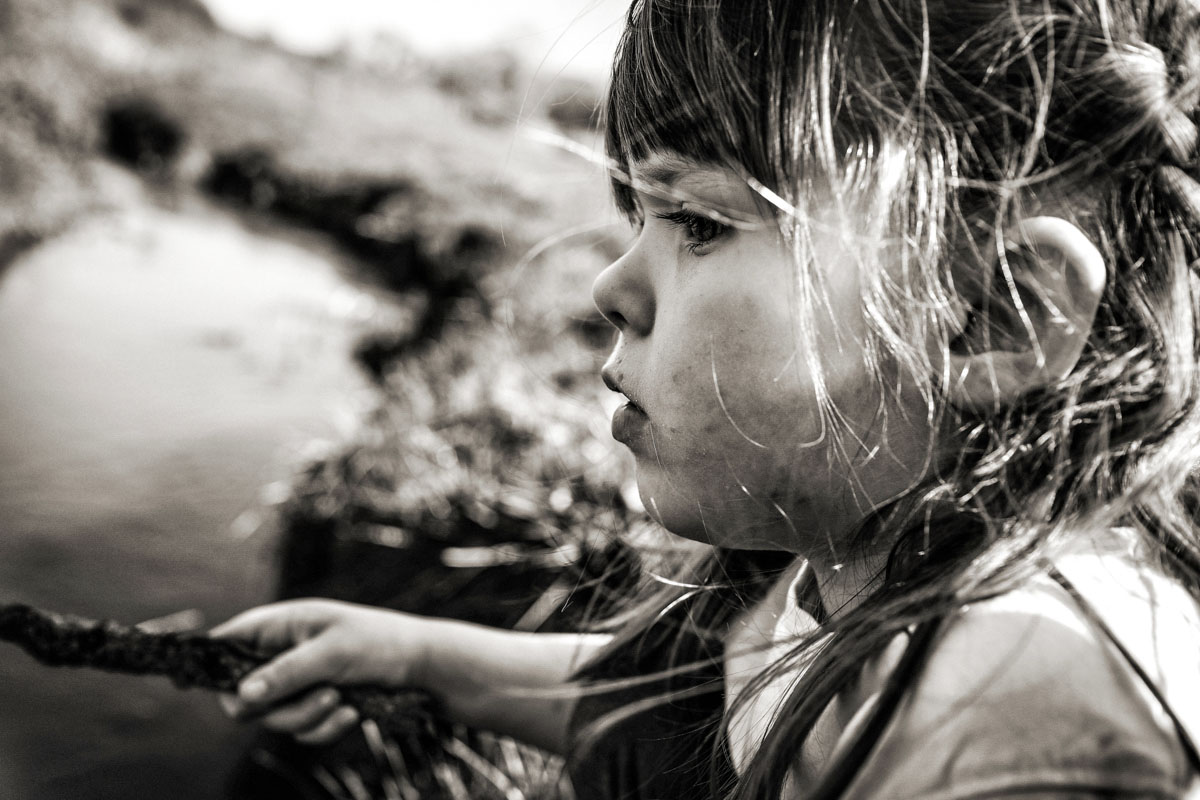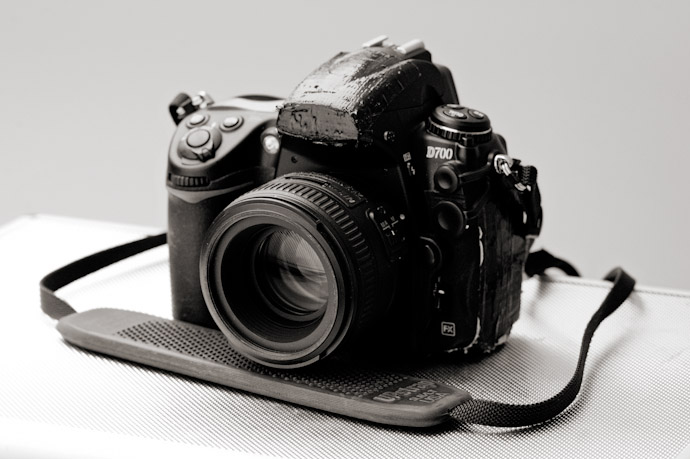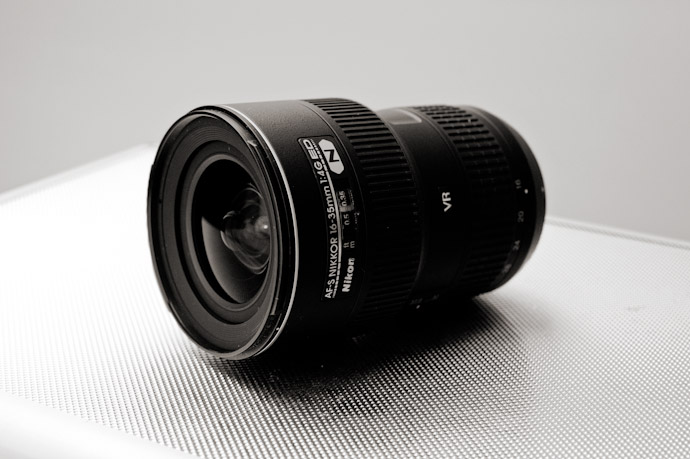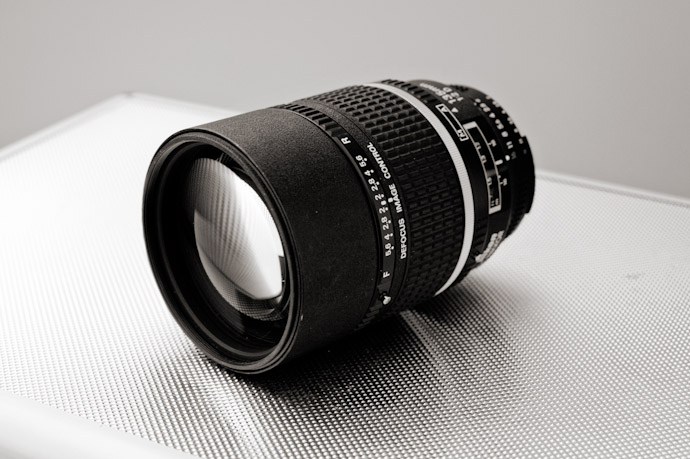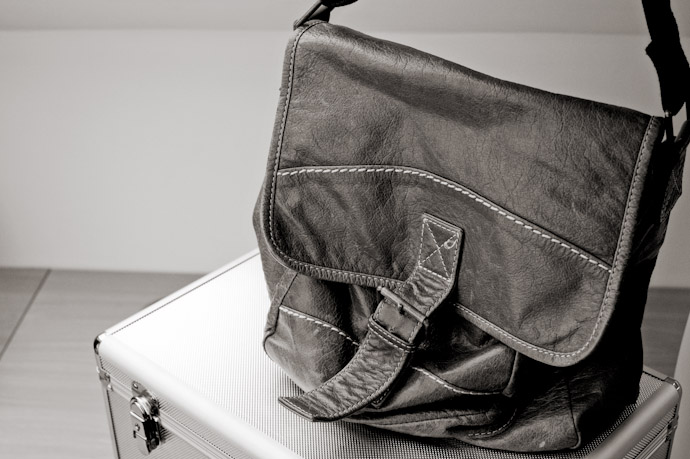Without being too technical and from a genuinely unbiased perspective, here's a little article on the Canon 5D Mark 3 and why we produce all of our reportage wedding photography on it. This article will go over the heads of the majority of our customers, so please feel free to click to the next post. However, we document quite a few weddings each year where the bride or groom are themselves photographers and some even specialising in wedding photography, as scary as that sounds!
We also train and mentor other wedding photographers, so we know it's important to give this side of the business a brief mention.
Just over two years ago I made the decision to completely switch from the Canon 5D Mark 2 to the Nikon D700. At the time it was a big deal as I had been using Canon EOS since my first wedding in the very early noughties, so I was not only very familiar with the system but also felt I had some kind of allegiance with the brand.
Having made the switch, I realised how stupid a thought process this was and a trap that many of us fall into. I shot just shy of one hundred thousand frames with the Nikon D700 system, together with a couple of prime lenses. It was the next step for me in terms of low light performance and a more intuitive system.
The D700 is a small, discrete system with the ability of the revered Nikon D3 and yet with the discretion of a modest, prosumer sized body. It allowed me to evolve my style further and work in some particularly intimate and close environments. It came with incredible advances in terms of high ISO performance and auto focus over my old Canon system which would produce banding surprisingly easily in certain lighting conditions.
The 5D Mark 2 auto focus system was shockingly poor and its well known for it's inability to lock focus in low contrast environments - not ideal for a documentary wedding photographer who avoids using flash.
Prompted by the days getting noticeably shorter and my Nikons being pushed to their very limits and beyond, I took the decision to return to Canon. This time, for the 5D Mark 3.
Many wedding photographers who have nailed their flag on Nikon's pole are obviously going to be reluctant to admit to the obvious benefits of Canons latest 5D, often upgrading instead to the Nikon D4 or D800. At the time of writing this article though, Nikon do not have an answer to the 5D Mark 3. There simply isn't another camera like it on the market.
Allow me to explain...
The Canon 5D Mark 3 is the only small bodied DSLR offering the three key points that I personally feel aid a particular style and approach to documentary wedding photography, both in terms of shooting and post:
1. Prosumer sized body for discretion yet with the durability of the 1 series for clumsy people like me
2. Exceptional high ISO image quality, workable 12,800 ISO files
3. Small to medium sized RAW files - realistically suiting social photography requirements
For me it was a no brainer. The D800, which we trialled, was not a serious contender because the file sizes are unnecessarily large for a social photographer. I completely understand an advertising photographer buying into the system but when would a wedding photographer ever need files this big and detailed? It's extreme and excessive. Ask yourself, how many weddings do you shoot a year and how many RAW files do you typically produce during the average wedding? Does the additional cost in time and money required to back up, edit, process, upload and archive this additional data justify the extra detail you can achieve in the file?
Next is the Nikon D4 with a £5000 price tag, arguably it's simply not enough of an improvement over the D3s to justify the cost. I always work with two cameras and prefer them to be small, so this system was never really a consideration. Unfortunately, and possibly because the D700 damaged D3 sales so much, Nikon no longer cater for my needs, as well as many others social photographers seeking the three key points.
During the switch, and I remember it well from my initial Canon to Nikon changeover, there was significant criticism from other photographers perplexed at how I could just migrate systems. In fact, some of the more 'fanboy' responses were a little on the psychotic side!
Thanks DP Review.
It always amazes me how personally insulted some people are when a flaw is highlighted with their camera model. It shouldn't need to be emphasised but these are tools, just as a paint brush is to an artist or a spanner to a mechanic - choose the most appropriate type for you. The Canon 5D Mark 3 was the only system that meant I didn't need to change my process.
It's that simple.
The camera works for me, I don't have to compensate for its flaws.
Key Pros
- Very useable high ISO (25,600 ISO images happily sit alongside 3200 ISO ones) - Superb auto focus, this is a different camera to the 5D Mark 2 which was a poor performer in this field - Lightweight, ideal for lengthy commissions - Great ergonomics and an intuitive layout - Quiet shutter which is a welcome break from our noisy Nikons! - Build quality is again far superior to the 5D Mark 2, this is made like a 1 series
Key Cons
- Wheels and buttons are easy to knock, shutter is VERY sensitive - The grid lines and focus points are impossible to see in some conditions and you have to just guess!
In an age where technology is significantly more advanced with every update, to stick with a brand purely because of an emotional tie, brand loyalty or a so called 'investment', as I heard it called the other day, is just plain dumb. For me, Canon has opened up another set of opportunities. I can now work in environments that I simply couldn't with Nikon, a similar leap that the D700 gave me all those weddings ago.
One of the other reasons people recoil at a complete brand switch is financial. So, to look at things in a more straightforward format and completely disregard any brand or preference for just a second…
A busy wedding photographer should be updating their kit every two seasons, three at a stretch. A social photographers cameras have a rough life. They're dropped and kicked and rained on and like any other electronic instrument, won't last forever. Camera technology is now at a level where it is not completely written off during this two year period, it has a healthy resale value.
I always look to spend around £5000 every two years on camera kit, coincidently the price of just one Nikon D4 body. My latest Nikon to Canon switch cost £7500 for two bodies, three lenses and two speedlights.
I part exchanged my identical Nikon kit for £3700, bringing my two yearly update cost to £3800.
It's more achievable than you think.
The next switch...
When we review our system again in two years time, it will be very interesting to see how manufacturers have evolved. Presently, we're all witnessing the likes of Canon, Nikon and Fuji pushing each other forward and the initial signs are very promising, especially with the likes of the Fuji X Pro 1 which Andy already uses alongside his 5D cameras.
Whatever the move and whatever the technology, our system will always be carefully chosen to aid our style, not orchestrate it.




